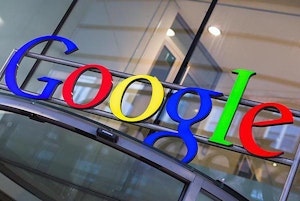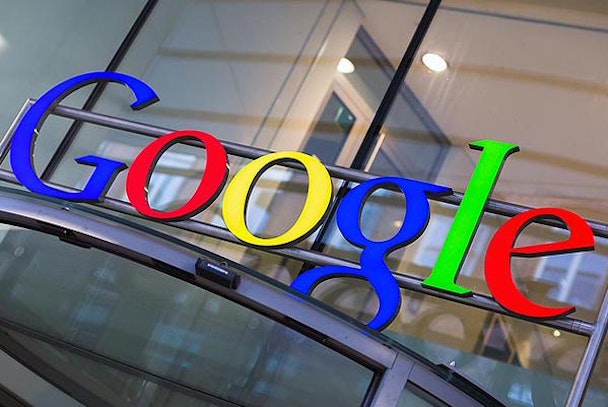Google AdWords charges advertisers for bot clicks YouTube's counter can identify as fake, claims study
Google AdWords charges advertisers for views that YouTube can identify as bot traffic, according to a team of researchers from leading European universities in a recently published a study.


By targeting YouTube videos with bot traffic to see how many views are registered by the site’s public view counter, the team detected how effective YouTube's view fraud detection system was. The researchers then bought ads on the aforementioned videos through Google’s AdWords to compare YouTube's public views to those detected by the advertising platform.
A discrepancy between the measurements of YouTube and AdWords emerged. YouTube was found to “implement the most discriminative fake view detection mechanisms” capable of detecting “obviously aggressive behaviours” from bots.
Having established the rate at which fake views are detected and discounted from public viewing figures, the study took to analysing YouTube’s monetised counter AdSense.
Using the same bot probe technique ( a relatively small sample of 20 views per day from a single IP address), the study found that while YouTube’s counter aggressively rebounds bot traffic, the “monetised view counter’s detection mechanism penalised a negligible portion of views”.
The YouTube control study saw bots view two videos a total of 150 times, only an average of 25 views were registered as legitimate traffic. On the other hand, under the same conditions, Google’s AdWords charged the researchers for 91 ad views.
The study concluded: "We speculate that even though YouTube’s policy puts in lots of effort to compensate users after an attack is discovered, this practice places the burden of the risk on the advertisers, who pay to get their ads displayed.”
In response to the research, Google told the Guardian: “We take invalid traffic very seriously and have invested significantly in the technology and team that keep this out of our systems. The vast majority of invalid traffic is filtered from our systems before advertisers are ever charged.”
The company reportedly contacted the researchers to discuss the findings from the study.
Notably, the study looked at five portals (YouTube, Dailymotion, Vimeo, Myvideo.de, and TV UOL), it found that YouTube performed best at rooting out fake views as "all other portals do not sufficiently discount view counters under the simplest fake views generation configurations".

